If we could talk to the animals, learn their languages
Think of all the things we could discuss
If we could walk with the animals, talk with the animals,
Grunt and squeak and squawk with the animals,
And they could squeak and squawk and speak and talk to us ~ Dr. Doolittle
Today was certainly a Doolittle kinda day. Up before dawn, woke to the sound of wild birds & zebra (donkey-like yips). It’s winter in Africa: temp low 50’s, no morning sun ‘til 7am. Walked to the Elephant Park Visitor Center, awaited my morning tour.
Researched Knysna Elephant Park online, on my own 6 months ago. Reached out & secured one of the lodge’s 6 rooms. Later registered for a morning Elephant Walk, comes with breakfast so why not? [Walk? Rides, inhumane.] Introductory film. Do’s don’ts re: the elephants. Never knell or bend over. When feeding an elephant, keep your food bucket to the side/on your hip/slightly behind your back. Elephant trunks consist of 157,000 muscles. Crazy strong, surprisingly dexterous. It’s not just a hose for water (my bad, didn’t arrive with lotta previous elephant knowledge).
Park started with 2 rescues from Kruger Nat’l Park, Harry & Sally. I’d walk with Sally today, Knysna’s matriarch now age 29. Every elephant goes on the walk, each elephant [has] its own guide.
Surprised how soft-spoken the people are – except, when it matters. I’d strain to hear, nod a lot (I struggle with accents), then seemingly out of the blue, a short/curt/loud burst directed at an elephant. Stop. Move. Other words I didn’t understand. No bullhooks, whips, no harnesses. Voice command. These are HUGE creatures. HUGE INTELLIGENT creatures. They listen/don’t listen.
Elephant goes for a walk-about, voice command generally did the trick. If not, elephant temporarily left our train – no stopping an ELEPHANT – rejoined us later, realizing it’d been left behind. Fed twice during the walk. NO elephant missed/wandering-about at feeding time. They know 🙂 Grass/shrubs/tree limbs available all day every day. Fruit & grain at human feedings. Oh, they know.
Tour ended with an ‘Out of Africa’ breakfast-spread on the Savannah. Wee much for a Party of 1.
Digged the elephant walk though. Well worth the money, a ‘MUST DO’. Went back later that day for a group feeding (FREE while staying at the Lodge). Provided a large bucket of fruit. Got the full elephant feeding experience.
Nothing ELEPHANT left undone 🐘 ❤
- matriarch Sally
- each elephant its own guide
- camera mugging
- a.m. Elephant Walk
- African sunrise
- super intelligent & HUGE
- crazy POWERFUL trunk
- day’s 2nd group feeding
- WOW pic!
- worst Hide-n-Seek EVER
- nothing left undone 🐘
Elephant Walk
The Knysna Elephant Park (est. 1994) was the first facility in South Africa to house and care for orphaned African elephants. Today, it has become a world class facility, having cared for and raised more than forty elephants. These animals include relocated animals, orphaned calves, elephants rescued from culls and ex-circus animals. Some have become part of the resident herd, others have moved onto other reserves and facilities in the Western and Eastern Cape, depending on their personalities, bonds with other animals and welfare needs.
The present KEP herd numbers ten – the largest domesticated matriarchal herd in the country. Our style of management offers guests the opportunity to get up close and personal with our elephants, on elephant terms. Responsible and educational interactions allow guests to appreciate the awe-inspiring presence of these animals, but still give the elephants the space and freedom to choose where they want to move, what they want to eat and who they want to interact with. There are no fences to spoil the close encounter and our environment encourages elephants to exhibit natural behaviours.
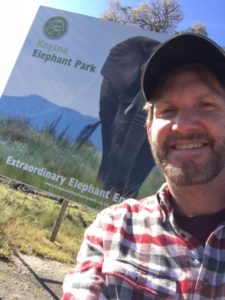
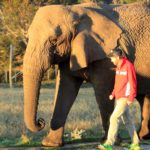
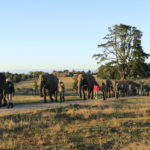
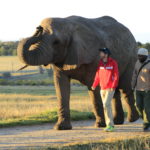
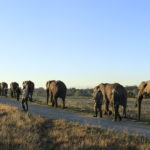
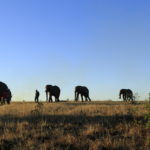

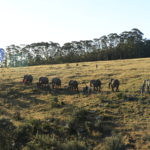
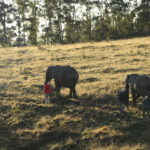
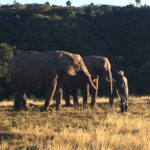
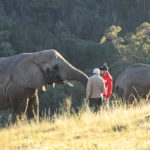
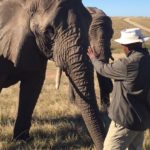
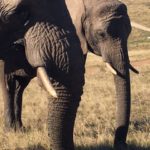
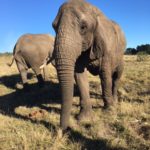
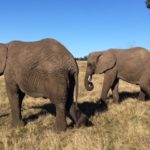
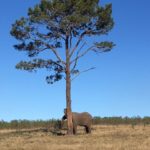
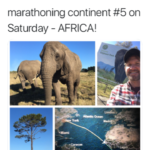

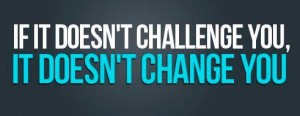
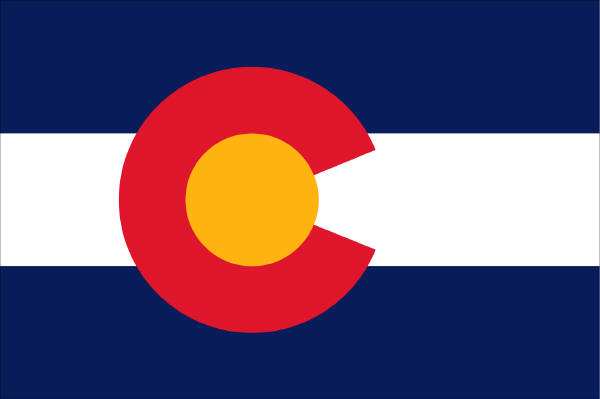

Leave a Reply